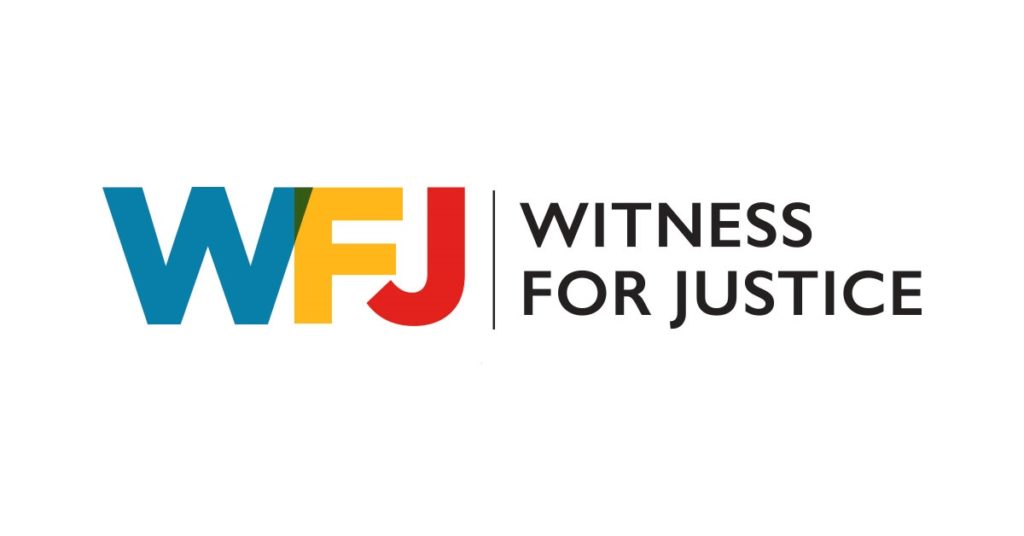When Will It Be Over?
In July I was able to travel back to Charlottesville, Virginia, where I had lived for six years before moving to Arizona, and witness the Confederate statues finally come down. It was a long time coming, five years since then-15-year-old Zyhanna Bryant called for their removal, four years after the 2017 summer of hate in which there was a series of white supremacist gatherings culminating with the Unite the Right Rally, the murder of Heather Heyer and the violent physical, emotional and spiritual assault of hundreds of other community members. That visit in July was slow-moving and felt quiet actually, some of us remarked. It was something to be enjoyed with the community.
In the aftermath of the 2017 violence in Charlottesville, other cities, or rather, key white power holders, were convicted of the violent symbolism of their own Confederate monuments and quickly acted to remove them, sometimes under cover of night. Richmond activists organized on behalf of their community as well, plagued by “Monument Ave.” and false mythologies of greatness. Still, the statues remained in Charlottesville because of white supremacist policy written into Virginia law. Antiracist activists in Virginia would have to turn over the entire State legislature and put new laws on the books before these multi-ton bronze participation trophies were going anywhere. And the people succeeded. The organizing worked. Different lawmakers were elected. Laws in Virginia were changed. These symbols of hate came down in Charlottesville, and then in Richmond too.
But as I write, Charlottesville is preparing to host the largest conspiracy trial against white supremacists in modern history, building off the Reconstruction-era Ku Klux Klan Act, passed to protect people from racial terror. The lawsuit, Sines v. Kessler, includes 9 Charlottesville community members who were grievously injured in the Unite the Right Rally violence. They were also strategically chosen community members willing to undergo public scrutiny and withstand threats from the Unite the Right following. They are pursuing accountability from 26 individuals and organizations conspiring to bring racial violence into the community. This has been a long time coming, delayed first because the defendants would not cooperate and then because of the global pandemic.
But even when the statues come down and even with the trials are over, I know in my body it will not be over. The eruption of the violence in Charlottesville in the summer of 2017 was generations in the making from the violence of genocide and slavery, and the healing and community building will also be generations in the making. I confess that it seems too much sometimes. I’m getting older. My child is getting older. Are things changing? Is justice coming? These things I wonder in my spirit as much as I pray them.
The piece of beauty and hope I have right now is that we are all still here and we are continuing on. I think about the quiet day that some of us found to witness a moment worth celebrating and being together along the way. It would do us all good to grab onto those moments more often, because I don’t think the work will ever be over.
Rev. Tracy Howe is the Minister for Congregational and Community Engagement for the United Church of Christ.
View this and other columns on the UCC’s Witness for Justice page.
Donate to support Witness for Justice.
Click here to download the bulletin insert.
Related News
It’s Time to Get into Good Trouble
On Tuesday, April 3, history was made by U.S. Senator Cory Booker who spoke on the Senate...
Read MoreReflections on a Christian Understanding of State and Government
The testimony of both the Hebrew and Christian scriptures as well as theological reflections...
Read More“What is Wrong with You People?”
I am writing this article from New York City as I engage with CSW, the United Nations...
Read More

